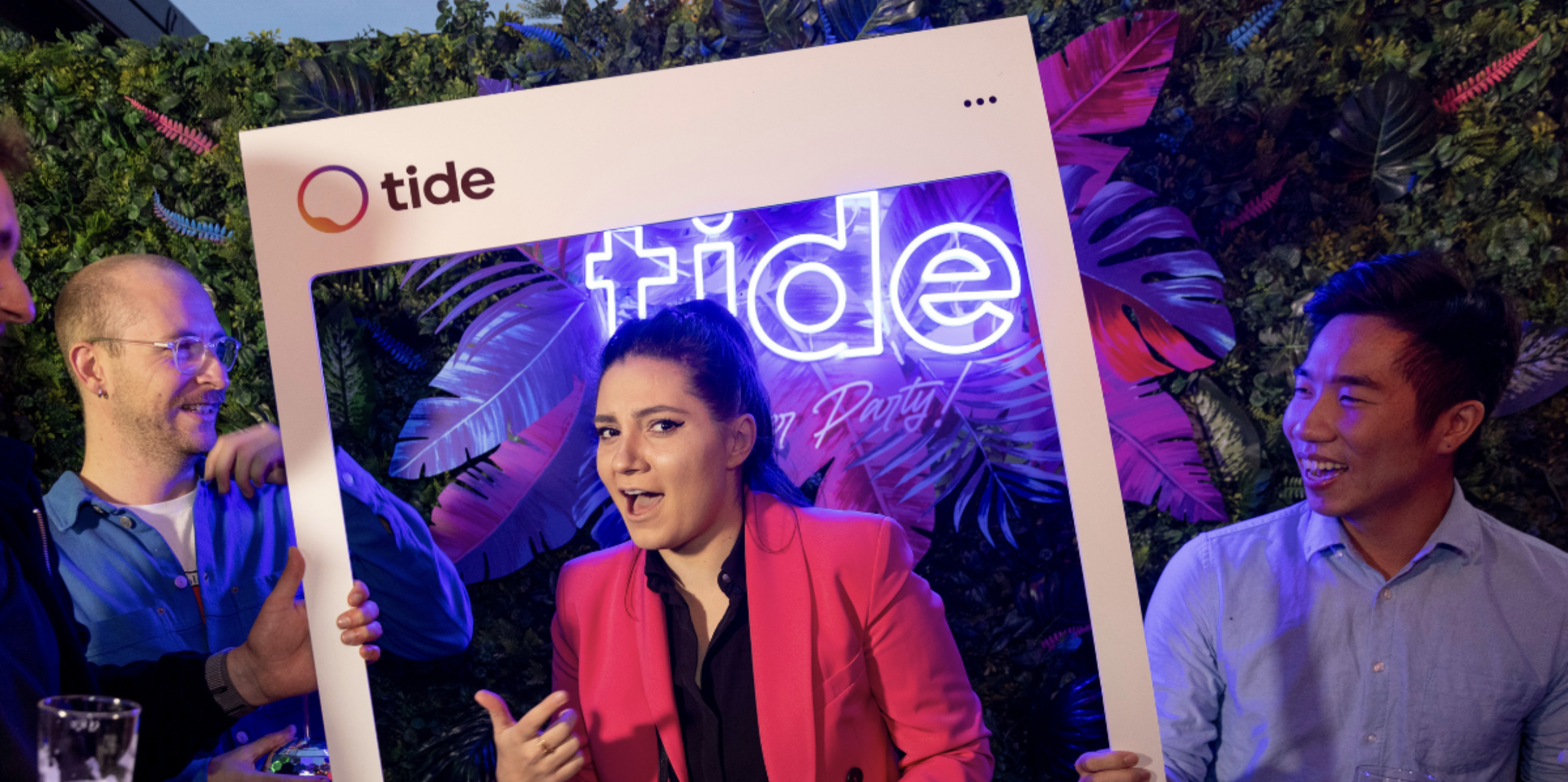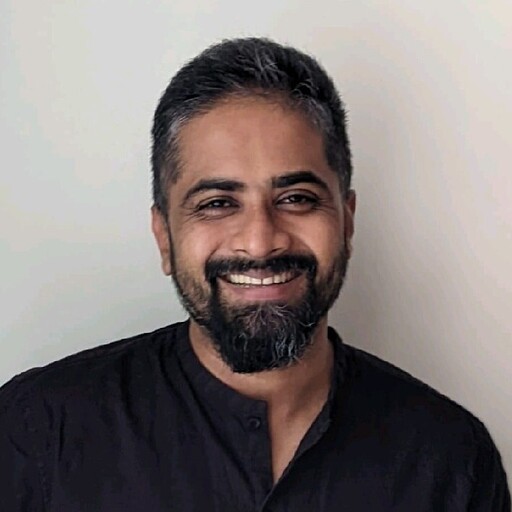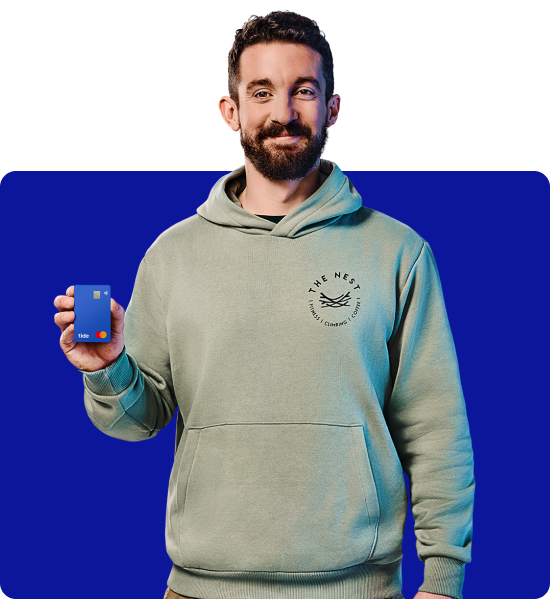You’ve had quite an interesting journey through different industries. What inspired these transitions, and how does this diverse experience influence your product thinking today?
I’ve been extremely fortunate to be able to experience different product cultures across multiple industries and company sizes — from a household brand with 150,000 employees to a 10 people start-up.
Each move has been key to shaping my product thinking and expanding my toolkit. I’ve experienced running Domain Driven Design (DDD) workshops, Design Sprints, A/B testing at scale, lean user interviews, and even guerrilla testing in London. In short, it made me a better Product Manager and allowed me to constantly learn new things.
The Product Management landscape has evolved significantly over the last decade. From your perspective, what fundamental shifts have you observed, and what skills do you think are crucial for PMs today?
The role of a Product Manager was initially more technical, focused on feature spec writing and collaboration with technical teams. Through the years it has expanded into a more strategic role requiring more skills and the need to be a good technologist, marketer and user advocate, focusing a lot on the commercials, impact and outcomes (not outputs). Most recently, I observed the market shifting towards more specialised roles and companies being focused on hiring individuals with specific expertise, rather than generalists.
A good PM profile is a hybrid of all the above, with strategic thinking, data driven, great empathy and communication as top skills.
How does this authenticity translate into your leadership approach, especially when making tough product decisions?
Authenticity is extremely important to me and one of the main reasons I love Tide’s culture — I can bring my authentic self to work every day. I make decisions with a strong commercial focus, aiming to create great products for users while also building teams with positive cultures. My approach from day one has been very collaborative and inclusive, but ultimately the final decisions were anchored in numbers and data.
Looking back at your 12-year journey in product, what misconceptions did you have when you started, and what has actually turned out to be true about the role?
I read a lot of product literature before getting into the role. My biggest misconception was that a Product team can find Product Market Fit (PMF) simply by following a blueprint that involves validating before building and obsessing over solving problems for users. I learned the hard way (by failing) that PMF requires way more than following best practices and doing discovery. It’s usually anchored in deep market and user knowledge, especially when we talk about B2B products.
What was true? I assumed the role was also going to be very hard and I was right about that.
Could you walk us through a memorable “aha moment” where user research completely changed your product direction? What did this teach you about user-centric development?
User research is extremely important, especially when you’re testing new concepts and you want to validate them before you start the build/development. Most of the “aha moments” I had in my career were around users not understanding the concept or the experiences not fitting their mental models. The beauty with research is that it can be applied on any products (user facing, internal facing, systems).
At a previous company, my team was working on a new payment system for suppliers. We initially focused on the group that handled the highest number of transactions. However, after talking to more suppliers, we discovered a group using entirely different systems. We identified their specific needs and processes and redesigned the payment system to work seamlessly for both groups.
You’ve written about the ‘dark side of Product Management’. What aspects of the role do you wish more aspiring PMs were prepared for?
This job is not for the faint-hearted, it’s hard work. If it doesn’t feel like that, it means you’re doing something wrong. I’d say the top three things to be aware of are:
It’s not a “9 to 5”, at least not mentally. You might finish work on time, but you will constantly be thinking about ways to fix or improve things — for the product itself, for your team, your own work. You need to have work-life alignment (not balance) to make it in Product.
Paradoxically, you engage with a lot of people on a daily basis, but you’ll often feel lonely because very few people can relate to your problems and challenges. It’s mainly the wider product community and team that can help you, but you typically don’t interact with them as much as you’d like. Product literature can create a false sense of reality. Filter what you read through your own context and your company’s needs. I know a lot of my peers are against the “Founder mode”. I am not. Most successful companies and great leaders I met operated like that before the term became very popular.
At Tide, you’ve moved from leading Payments to heading GenAI and AI/ML initiatives. What excited you about this transition, and how is AI reshaping the product management landscape?
Payments is a complex, technical area where success is measured by how invisible you are; meaning, it’s great when the interaction between your users’ and systems is as frictionless as possible.
One of the first AI initiatives I worked on was in the Fraud Prevention team. The exciting part was the complexity itself — how to provide a smooth member experience whilst AI models screen all transactions and, at times, hold the payments for extra checks. More recently I’ve been focused on internal operational efficiency initiatives, where we get the opportunity to experiment and leverage the latest GenAI models and their capabilities.
When it comes to the products we build, AI is reshaping product management by enhancing decision-making with predictive analytics. It can drive personalised user experiences and streamline operations through automation. It unlocks new product opportunities, such as chatbots, conversational interfaces and predictive systems. PMs who embrace AI can deliver impactful innovations and continuously improve their products, whilst becoming more efficient in their day-to-day activities (e.g. leveraging AI to write faster, better user stories).
Could you share an example of how you’re leveraging AI/ML at Tide to solve real problems for small businesses? What has been most surprising about this journey?
We’re leveraging AI/ML across multiple use cases at Tide — from enhancing our transactions monitoring to keep our members accounts and transactions safe, to offering members a better chat experience. More recently we’ve been experimenting with GenAI to improve and facilitate our internal processes and operations to deal better and faster with our member queries.
As technology evolves and new models emerge, the work itself is still very experimental, but what surprised me the most along this journey is the adoption aspect. We’ve seen high engagement, from both members and Tideans, and satisfaction when these tools are designed to be intuitive and directly address pain points.
For Product Managers looking to work at Tide, what makes the product culture here unique, and what kind of mindset thrives in this environment?
Tide’s product culture is focused on solving real problems for small businesses in a very collaborative manner, spanning across multiple departments, with an outcome-driven approach. “Extreme ownership” describes very well both how we work and what mindset helps us thrive in this environment. Teams work closely across functions, using rapid validation and iteration to deliver impactful products. Product Managers also collaborate directly with the Finance teams when it comes to planning and setting commercial targets. In short; success is measured by tangible outcomes.





